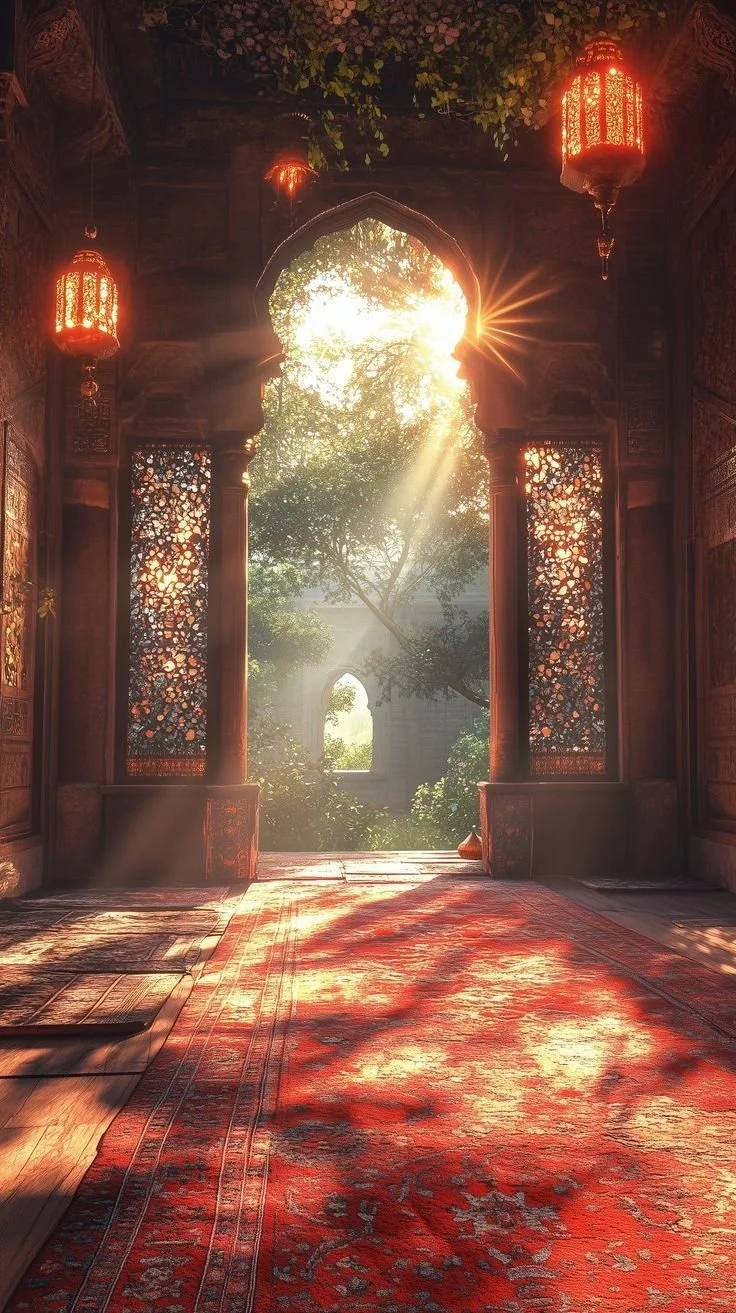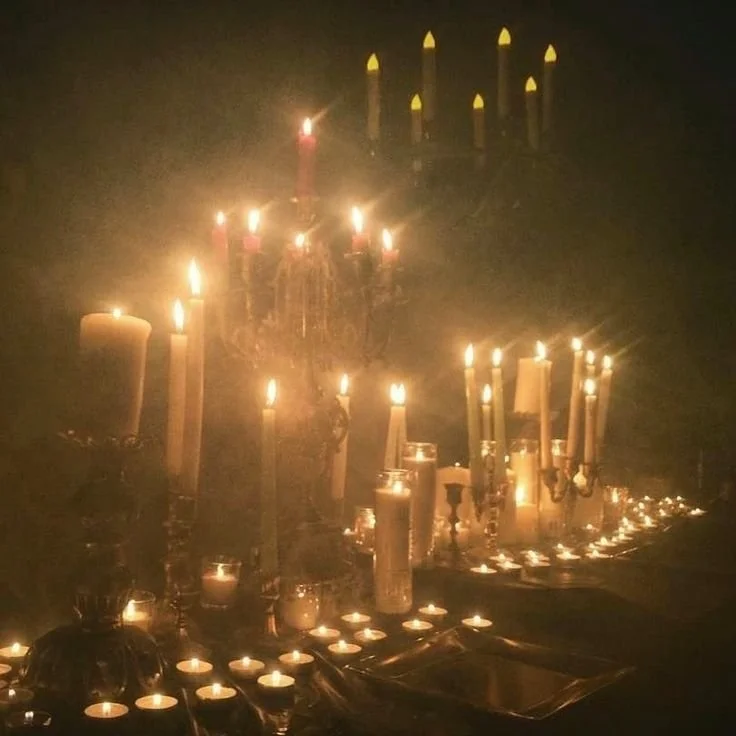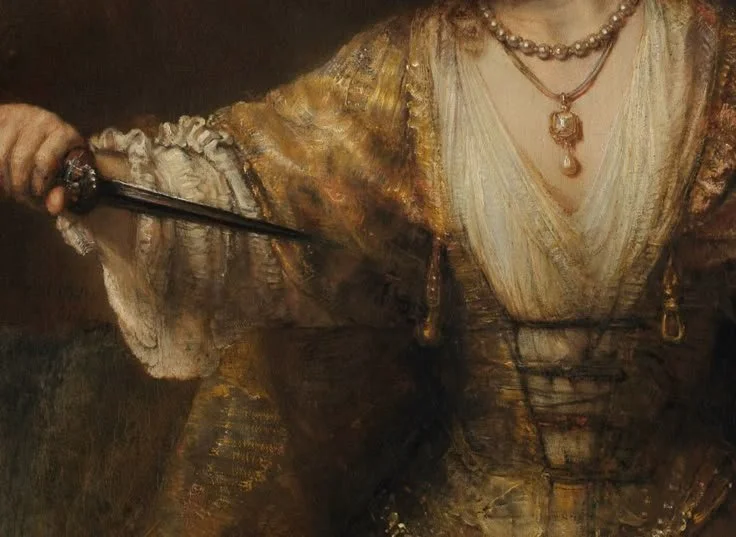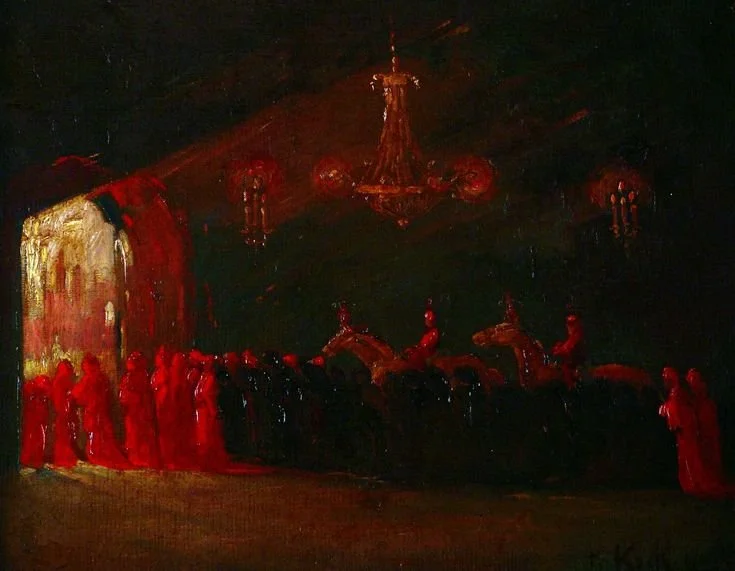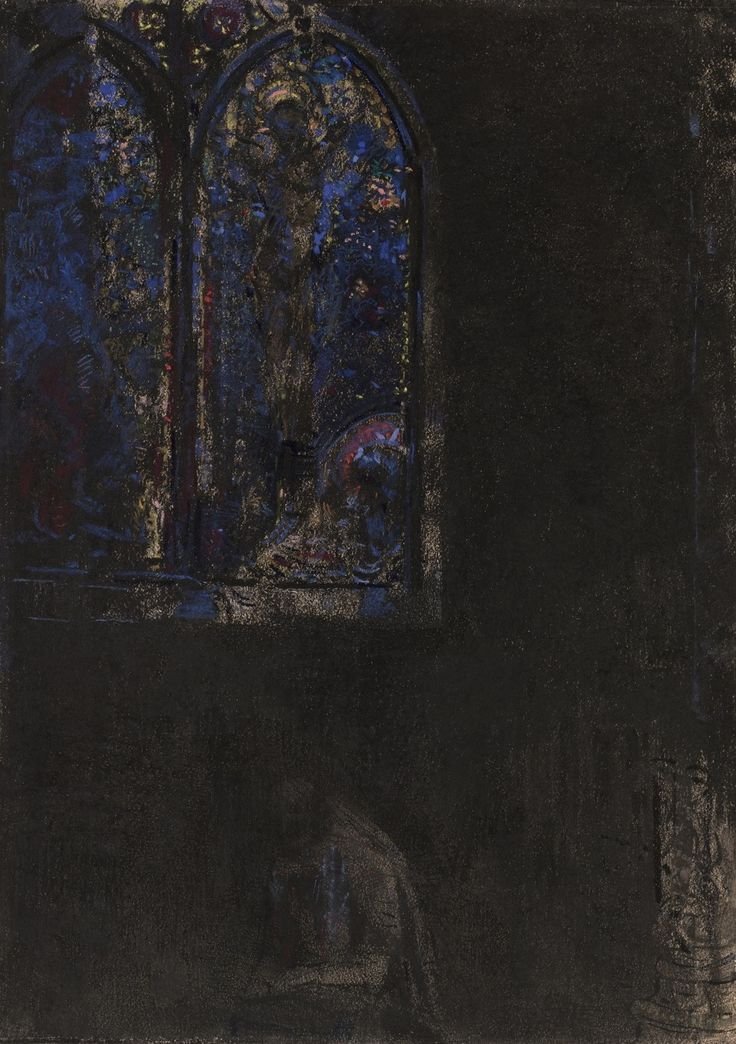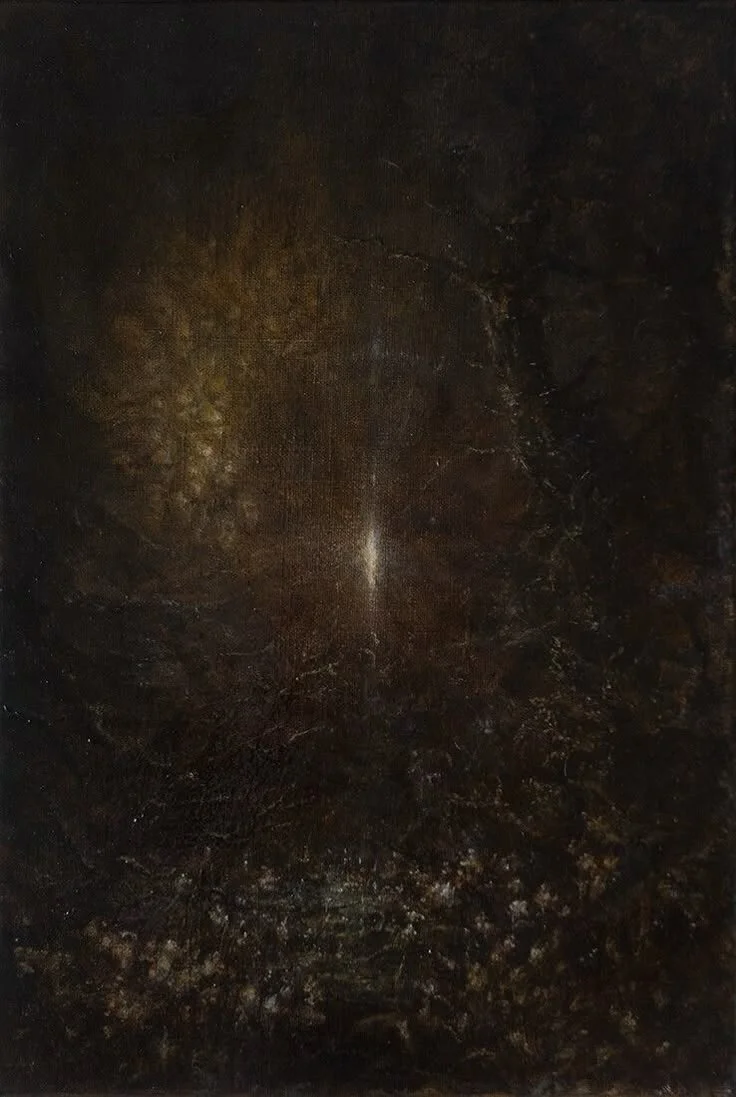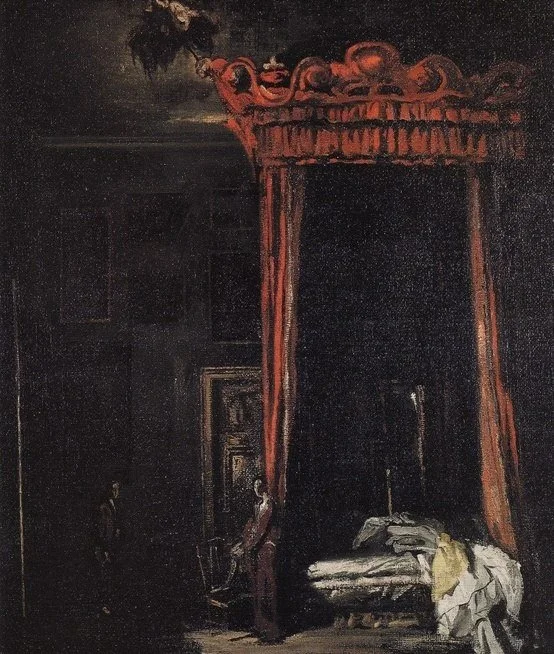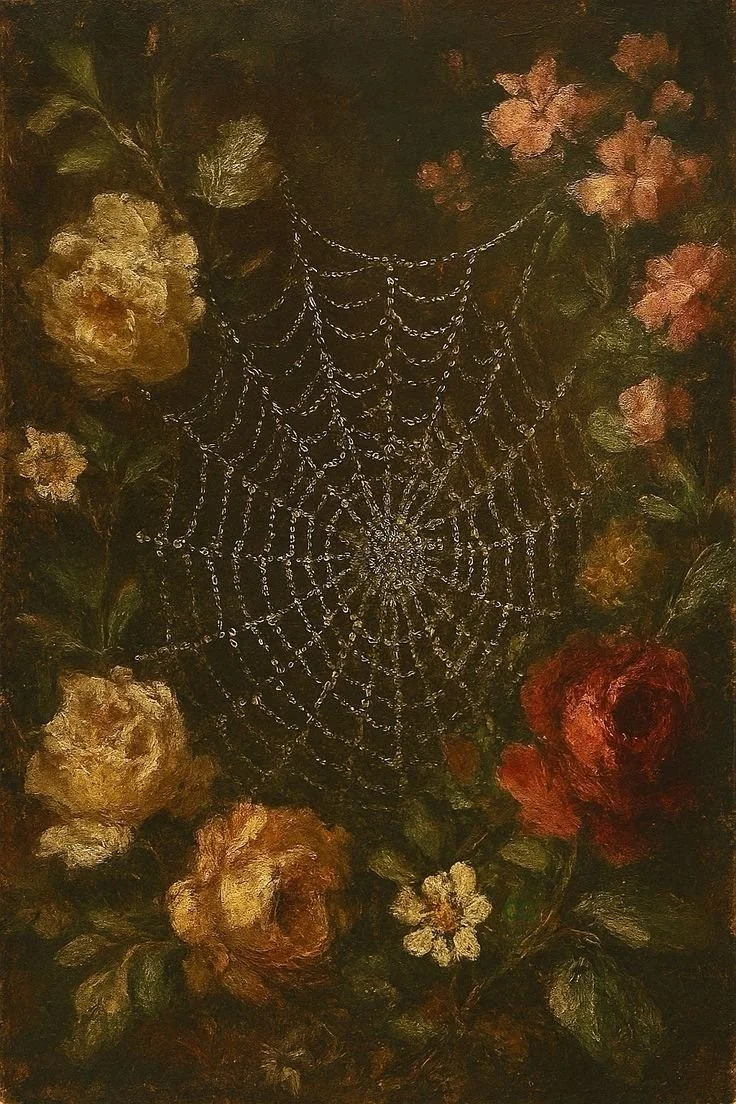BY VICTORIA CHO
I didn’t consciously make my protagonists white when I began to write fiction. There were times I swore I didn’t think about my characters’ races. But really, they were white. Even when I claimed they were utter inventions of my imagination, removed from a context of race, I re-read my stories now and see how they really weren’t anything else. They were all cut from the same cloth.
I wrote about a white man losing his daughter and a white boy wanting to be a cowboy. I had a white man tell his sister he was joining the army, a white man walk over the Brooklyn Bridge, and a white man recover from a nervous breakdown in an insane asylum. And then, I wrote white women. A white teen fought with her best friend, and a white woman ran away from home. A white girl befriended a white homeless woman.
I am female and Asian-American. My parents emigrated from Korea in the Seventies. (I don’t ask them for the exact year because I am reluctant to speak to them. That’s another essay.) My two older brothers were born in New Jersey, and my two younger brothers and I were born in Charlottesville, Virginia, where my parents still live.
I didn’t consider until recently why I had written so many straight white characters, or in some cases why I wasn’t sure of my characters’ races. Writers sometimes say, “You write what you read.” About five years ago, I sat down and looked at my bookshelf. I had moved into an apartment in Bed-Stuy, and I was considering MFA programs, writing workshops, and residencies all over again, as I had applied and been rejected from MFA programs twice already. I was thinking about my writing, including my characters. When I studied my bookshelf, I saw a sea of white authors.
* * *
The first book I read with an Asian character was one of The Baby-Sitters Club books. I think I was in fourth grade. We had stacks of them in my house. My oldest brother actually devoured them and introduced me to them. I discovered Claudia Kishi, a pretty, stylish, junk food-addicted Japanese-American and the club’s Vice President. Author Ann Martin noted her "almond-shaped eyes."
I picked Kristy, the White tomboy and club President, as my favorite. I didn’t choose Claudia because I thought people expected me to pick her, the Asian. But really, who gives a shit which Baby-Sitters Club character was my favorite? But at that time, I felt people’s judgment.
The second book I read with an Asian character was Sadako and the Thousand Paper Cranes. I was in fifth grade. Sadako was a girl who survived the Hiroshima bombing, and she was diagnosed with leukemia. She spends her time folding paper cranes, with the goal of reaching one thousand because a Japanese legend says whoever folds this many is granted one wish. Her wish was to live. I don’t remember feeling startled by Sadako’s race, but I do remember being drawn to the book because it helped me learn about the things humans sometimes did to one another.
The only literature I remember from high school with any Asian characters was a story from The Things They Carried. The Vietnamese in this short story are secondary characters, or simply referred to by the soldiers. No books with Asian protagonists. Not even many books with people of color. I was the only person of color in my AP English class. None of my teachers in high school were of color. The black kids were known for living in trailers and getting pregnant while some of the white kids lived in country clubs and drove BMW’s to school. None of the black kids were in any of my honors classes all four years of high school.
In college, I only have myself to blame. I chose to stick with British and American literature rather than venture into Asian or African literature. After college, I moved to Bellow, Roth, Johnson, and Carver. I also picked up the fourth Harry Potter book, in which Harry develops a crush on Cho Chang. J.K. Rowling never clarified Chang’s nationality, but I assumed she was Korean (though Cho is a common Korean last name rather than first, and Chang is a common Chinese last name). When she appeared on the page, I found myself wondering how Rowling would treat this character in her blockbuster series. I was nervous, wondering if this character would influence how people thought of Koreans. I prayed Chang would not fulfill the Asian stereotypes of being a math wiz or a piano prodigy, or be a demure, teacher’s pet. I ultimately found Chang to be confident and kind, but not incredibly substantial of a character. For instance, I still don’t know her nationality.
I was twenty-two, and I still hadn’t read any books with Korean protagonists or written by Koreans.
* * *
When I was twenty-four, I decided to move to Thailand. I was tired of New York, of my film industry job, of my Williamsburg apartment, of my friends-with-benefits person, and of my uncertainty with what to do with my life. I taught ESL in Thailand and traveled to Cambodia, Vietnam, and the Philippines. Everywhere I went, I was asked where I was from. When I said, "America," they asked, "But your face?" "Where are you really from?" or "Where are your parents from?" I felt like I was constantly defending myself.
My employer, a small Thai woman named Gayoon, told me she refused to hire black people because the black teacher she had years ago was irresponsible. Some of my students had never seen an actual black person before. They had only seen black people in movies, where they were shooting guns, committing crimes, and using drugs. One of the students studied abroad in Philadelphia and said whenever she saw a black person at her school, she walked against the wall, hoping the black person wouldn’t hurt her.
All this shook me. And my writing. I was angry about explaining myself and this level of transparent anti-blackness I hadn’t seen in my workplace before. I wrote my first full story with a non-white character, a half-Korean and half-black woman. She and her friend went to Thailand. I thought my character’s race was edgy because it was an identity I hadn’t seen much of. Years later, I realized I had partly chosen this race because I wanted readers to think I was edgy. I was using race like a token to garner me applause. I was using race. I was still in a mindset that anything other than white was a tool rather than part of someone’s identity worth respect.
When I submitted the story to a workshop in Brooklyn, the instructor talked about exploitation. He talked about American women traveling to Thailand with the intent of "saving" Thai prostitutes, and Thai vendors trying to swindle these women. Both parties were using each other to serve their own agendas and egos. One participant said, "This story is about race" but didn’t elaborate. I was silent, both terrified and desperate to hear her elaborate. I was curious to see if others would mention how the character was asked, "Where are you from?" while her white best friend was not. No one did.
About four years later, after writing only a few more non-white characters, I wrote about a Korean woman who gets surgery to change her small eyelids to the double eyelid and submitted the story to my MFA workshop. Most people in my workshop, including the professor, were confused about the surgery. They thought the woman was getting her droopy eyelids lifted. When I explained the kind of surgery she was getting, people didn’t have any other comments. No one mentioned passing as another race or assimilation. I was a little embarrassed to have hoped someone would notice, like someone noticing an outfit of mine. I wondered if someone would say, "Did anyone notice that this woman is trying to look white?" But no one did.
I was upset. I wanted people to notice, just like I wanted people to notice when someone shouts "Ni-how" to me on the street. I wanted affirmation that when a woman calls me an "Asian bitch" at Whole Foods, something is wrong. When a drunk young man says, "You’re weird because you’re Asian" while I’m crossing Houston, I hope others believe I don’t deserve this. Ultimately, I wanted affirmation that I was not what was wrong about the situation. I am tired of being called too sensitive or paranoid when I speak about these incidents. I am tired of feeling at fault.
* * *
The first book I read written by a Korean author and featuring a Korean character was Edinburgh by Alexander Chee. I was twenty-six. I remember various reasons for reading this book, including that it was by a Korean person. I had heard Chee read an essay about working with his mentor, Annie Dillard, and enjoyed his writing. I love Chee’s prose. I also remember how it felt weird and comforting, like returning home after many years, to see a Korean character raised in America and who didn’t speak Korean, like me.
This book was a small, gentle calling towards some foreign place within me.
I later read Chee’s essay "Gender Genre" about his period of reading exclusively female authors for nearly three years. I began to think about reading only Korean authors. How would my writing change if I immersed myself in Korean characters? I still struggle to find Korean authors, though I know there are many. It requires effort to research, to look beyond the best-seller tables and lists. Maybe one day I won’t have to look so hard, but right now social media, Asian American Writers' Workshop, and sites like Korean American Data Bank help me discover new writers.
Lately, I’ve almost been writing all Korean characters. I’ve been writing characters of other races and sexualities too. Writing characters with other identities is not mandatory, but at least I now see it as a possibility.
If I have kids, I don’t want them to grow up with the same homogeneous canon I did. They’re going to be Asian, and they will experience racism. I want them to know they are not "sensitive" or "paranoid" when someone tries to make them feel small or alien because of their appearance. I want them to know they are not alone. I want them to see themselves in their culture and to read about others who also don’t fit a dominant narrative. I want to write more stories with Asian characters for them. I want them to challenge conventions and question structures, in their actions, words, and the books they read.
Victoria Cho is a Korean-American writer who was born and raised in Virginia. Her writing has appeared in The Collagist, Perigee, Quarter After Eight, and Word Riot. She is a workshop leader for New York Writers Coalition and a VONA/Voices alumna. She lives in New York City.



